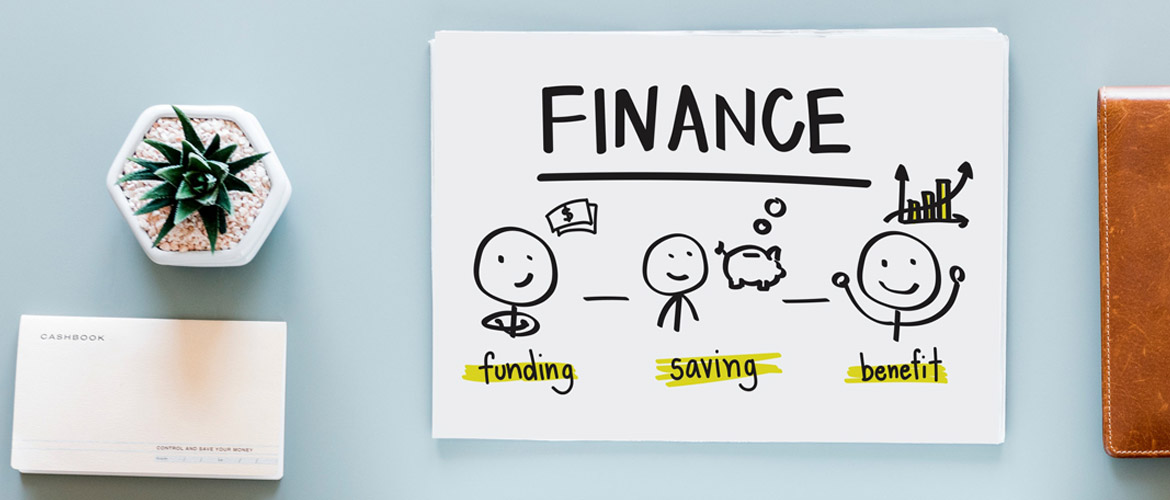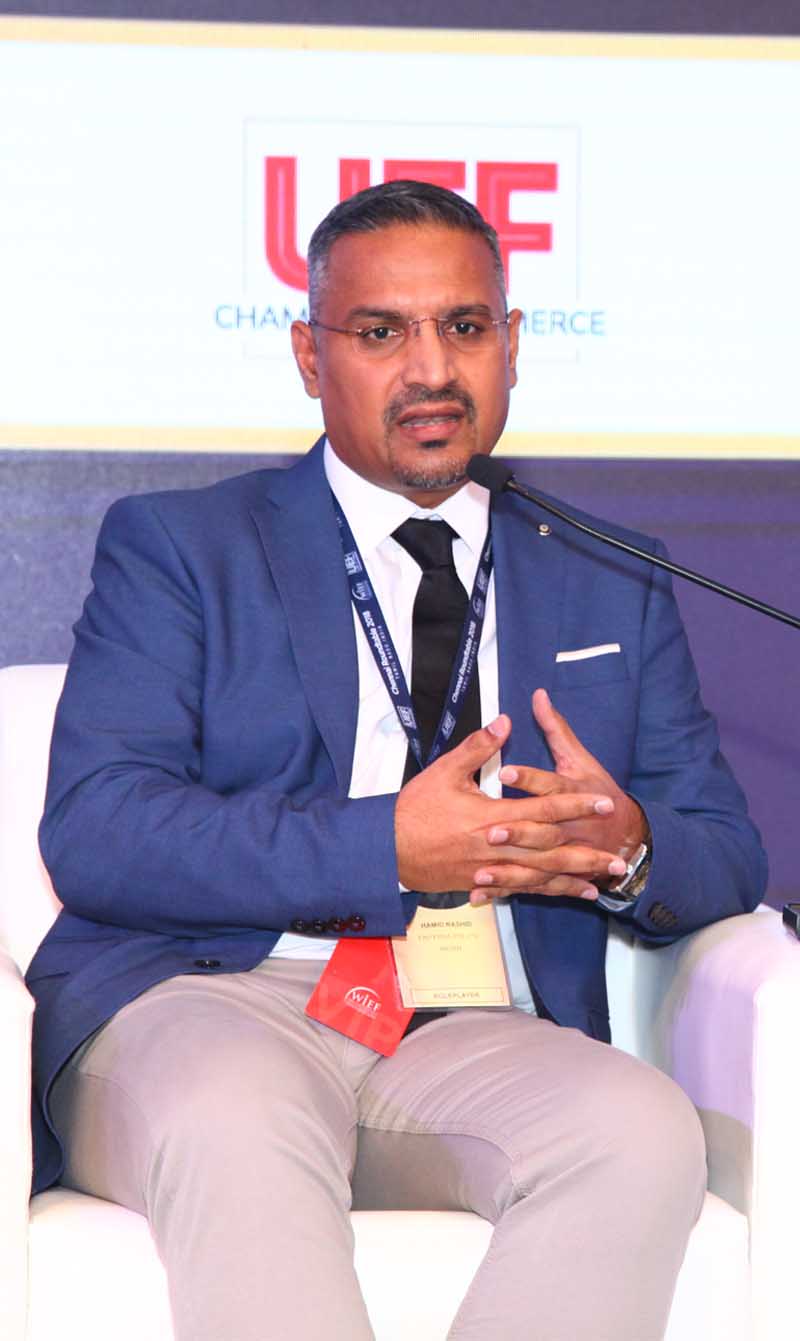Fintech in Islamic finance
Islamic financial institutions are embracing the surge of new technologies, such as the electronic Know-Your-Customer (e-KYC) process and biometrics to enhance their performance. However, despite anticipated disruption in the biometric market, experts predict that fintech in Islamic finance will still steadily rise.
During a panel discussion in the 13th WIEF in Sarawak, which was held on November 21 to 23 last year, at the Borneo Convention Centre Kuching, four finance experts discussed the prospects of fintech in Islamic finance. This is a summary of views presented at the panel discussion by speakers Andreas Hatzigeorgiou, chief economist of the Swedish Chamber of Commerce, Raja Teh Maimunah, CEO of AmInvestment Bank, Professor Dato’ Dr Mohd Azmi Omar, president and CEO of INCEIF Malaysia, and Brian W. Tang, managing director of Asia Capital Markets Institute (ACMI).
With advanced technologies infiltrating our everyday lives, automation has become a way of life. Financial institutions have begun integrating technologies that many customers are not even aware of, but must adapt to quickly. In the case of Islamic financial institutions, these technologies are also finding solutions and opening the market to gain financial inclusion.
The Islamic finance market size, now within the range of USD1.66 trillion to USD2.1 trillion, was expected to rise to USD3.4 trillion by end of 2018. Yet, finance technology (fintech) have yet to commensurate this market boom.
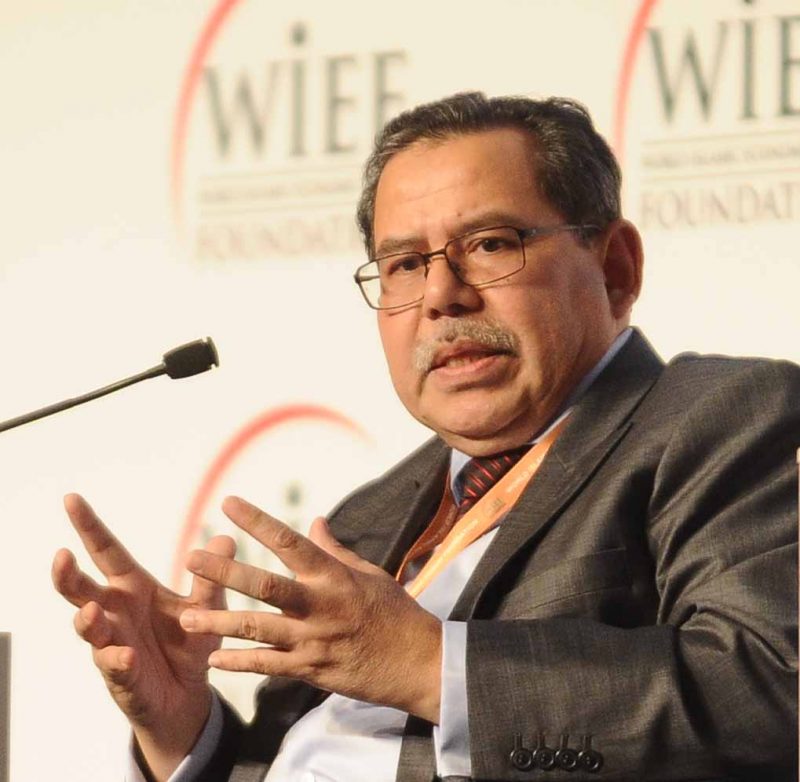
‘A large segment of Muslims refused to participate in the banking sector, because they don’t want to receive, as well as pay, interest or riba,’ said Professor Dato’ Dr Mohd Azmi Omar, president and CEO of INCEIF Malaysia. He was interested in how to use fintech to support, not Islamic banking per se, but Islamic financial institutions to bring more people into the financial sector.
‘There’s much room to grow in Islamic finance. While the global financial market was over a hundred trillion in assets, the Islamic assets was nothing close, with only two trillion in assets,’ Raja Teh Maimunah, CEO of AmInvestment Bank, added. ‘We’re nowhere near the world’s largest bank. We’re not even anywhere near the fourth largest bank,’ she said and advised Islamic banks as well as funds to reach out by adopting mobile technology. ‘That’s the best way to reach out to people beyond borders,’ she said.
With an extensive background in the banking sector since the early 90’s, Raja Teh embarked on a journey in Islamic banking to help financial inclusion of the Muslim communities. She also helped set up the world’s first Islamic commodity Murabahah (cost-plus deferred sale) platform. She gained experience leading an Islamic bank and now leading a bigger group where she hoped to adopt an Islamic first approach.
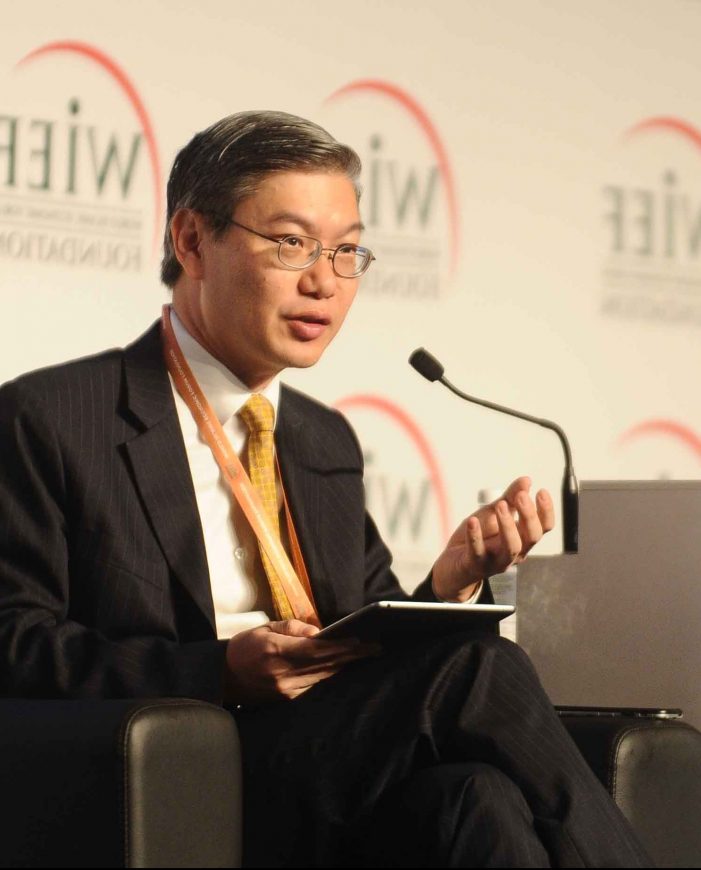
There were many readily available Islamic financial products and services, but the reality is they’re not widely spread. Islamic financial institutions are embracing fintech with a focus on ethical banking to accommodate Muslim consumers.
However, the support of financial inclusion still needed more work. ‘Crowdfunding and peer-to-peer (P2P) adoption are actually really consistent with shariah principles, which are linked to ethical financing and inclusion. Even the new technologies underlying cryptocurrencies, namely blockchain, can help,’ explained Brian W. Tang, managing director of Asia Capital Markets Institute (ACMI).
Fintech disruptions
An expected area of growth that Raja Teh mentioned was in fintech startups focusing on the Know-Your-Customer (KYC) management process which can help a business identify and verify identity of clients. That’s also referred to a bank’s anti-money laundering (AML) regulations and activities. The electronic process (e-KYC) is now being implemented in Islamic banks for payments, banking and retail. This is certainly helping the inclusion in Islamic financial institutions.
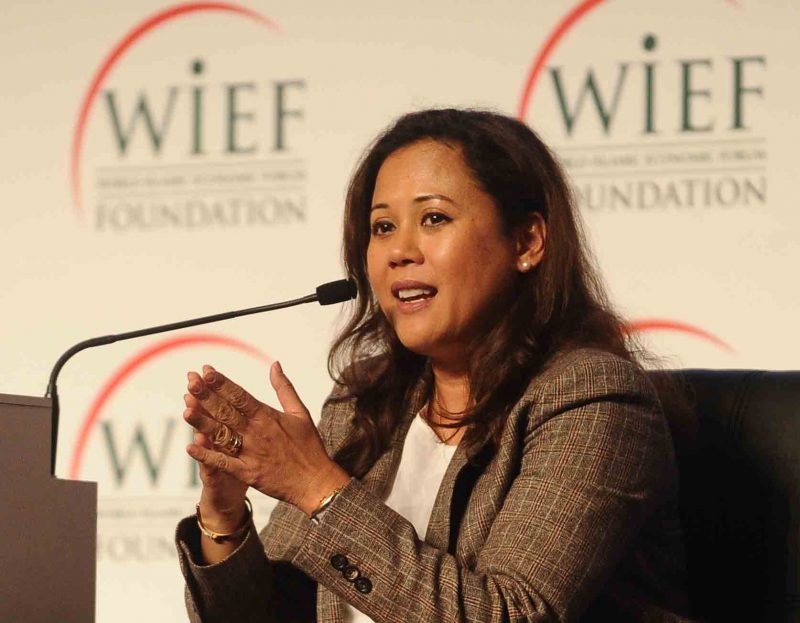
However, these related biometric technologies and analytics are part of a disruptive move, as information can now be given out directly without third party intervention. This could make the Islamic financial institutions race to embrace fintech even tougher.
According to KPMG fintech investment report, over USD8 billion was invested in fintech in the last quarter of 2017. Plus, since 2010, less than one per cent of the total global investment in fintech has gone into the Middle East and North Africa, according to Accenture. Here lies the gap and its potential.
The gap for growth
‘There are pockets of currencies that are being traded in these quite isolated markets, perhaps cryptocurrency can bridge those gaps,’
The Thomson Reuters Global Islamic Economic Report stated that Islamic financial assets accounted for about two trillion dollars already, but that’s merely one per cent of global financial assets. ‘The industry has yet to reach 100 million customers, but frankly, the cap of market has many more times than that, and these are some of the opportunities that are out there,’ Brian said.
Looking at the West, Andreas Hatzigeorgiou, chief economist of the Swedish Chamber of Commerce, one of the leading countries with a strong fintech presence, said that they’re ever ready to embrace fintech in Islamic finance. Andreas noted that, while Stockholm is considered second to Silicon Valley in California, it still hasn’t pursued fintech in Islamic finance.
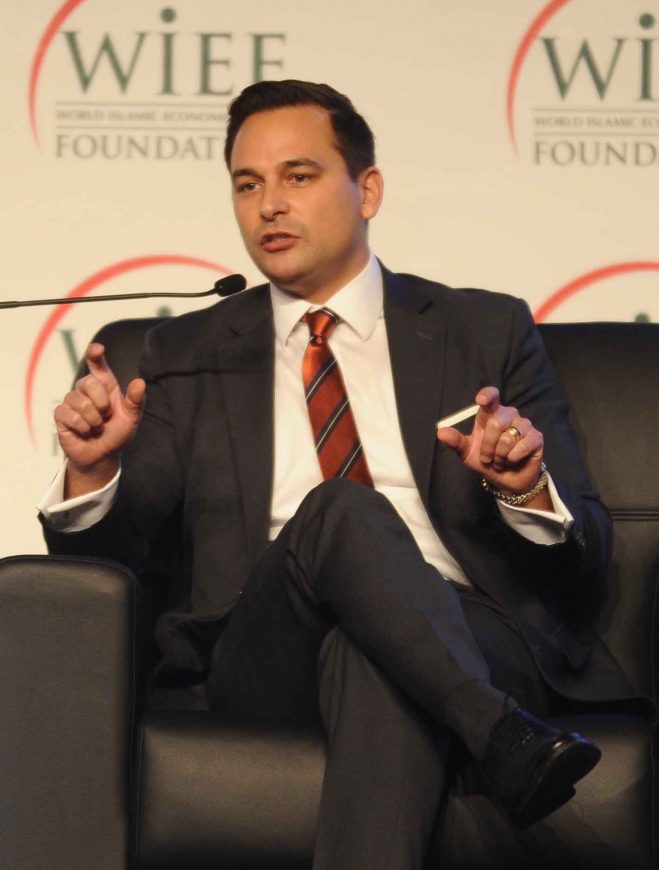
‘Sweden alone has over 600,000 Muslims but no Islamic financial products. We pride ourselves in being very sustainable in promoting sustainable ethic finance but we haven’t been able to realise that Islamic finance is ethical,’ Andreas said. Swedish inventions have no doubt dominated the world, but the market of fintech in Islamic finance in Sweden has yet to be penetrated. That, he said, has largely to do with the lack of education about Islamic finance.
Another point Andreas raised was the lack of common currency in the Muslim world and that cryptocurrencies could possibly just take over that gap. ‘There are pockets of currencies that are being traded in these quite isolated markets, perhaps cryptocurrency can bridge those gaps,’ he commented. This, he believed, can democratise finance and its access.
According to Raja Teh, banks were actually the first of the biggest users of technology, but she believed they could do more. ‘We were unable to provide like what Atom Bank has been able to do in terms of account opening and on-boarding of customers, neither were we able to do what Kabbage has done in the US for micro SMEs,’ she said. She noted that there’s a difference between technology in finance and financial technology. ‘We’re actually a “techfin”, where technology is applied into finance,’ she added.
What’s next?
The opportunities to use fintech in Islamic finance are many. Raja Teh raised three points that encourage the expansion of fintech in Islamic finance. She noted that a bulk of the Muslim population of 1.3 billion were aged between 15 to 25 years old and used mobile phones. They could easily utilise these technologies.
The second point she noted was of women in the Organisation of Islamic Cooperation (OIC) countries that make up about half of the population. These women, she observed, tend to be less mobile and can do with access to finance.
The last point was, unfortunately, the reality that a huge per cent of the Muslim population were refugees, also illegal migrants. They often need to send money back to their home country and some would not be able to use a bank. ‘Think about the technology that you can use to send payments back to the home country,’ she ended.
___________________
For more on 13th WIEF and our Foundation’s initiatives, download our 2017 report here.
Photo Credit:
rawpixel.com
